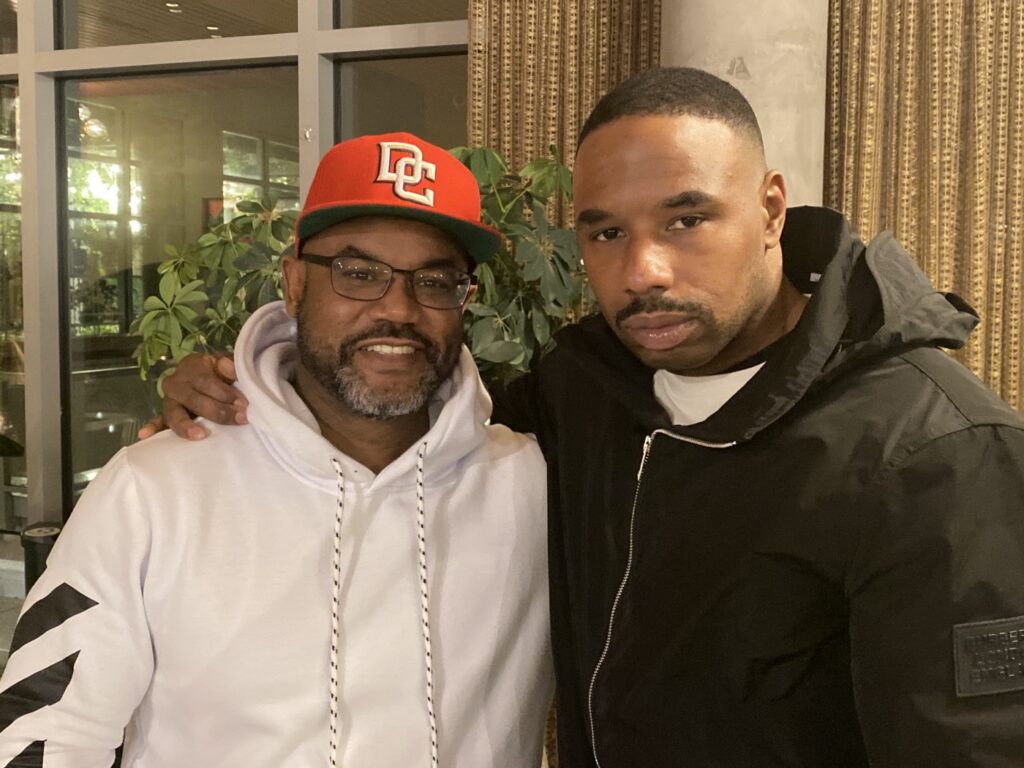By: Julie Johnson, Bruce Vandal, Neal Holly, Katie Zaback, and Andy Carlson
As the calendar flips to 2021, the nation will be faced with many challenges related to COVID-19, economic distress, racial injustice and inequity, and continued political division. These daunting challenges and the steps required to address them will require all of our public institutions to mobilize behind a national response.
There are many priority areas for 2021. Some include addressing enrollment declines, decimated state and institutional budgets, student debt, and college unaffordability. Others are economic, such as rapidly reskilling segments of society, forging more direct pipelines from training to employment, and taking work-based learning to the next level. All of these are essential.
As postsecondary leaders go about this work, UntappED Potential contributors offer a charge for institutions, systems, and states to go further to serve their communities in new ways. Such additional considerations can act as necessary complements to more fully address some of the bigger challenges of 2021.
Be Intentional Community Problem Solvers
The current moment demands we reinvent our political, economic, healthcare and education institutions to respond to a new reality. Postsecondary education must consider its role in the reinvention of our civic infrastructure. Our educational sector must reframe itself as a partner alongside other public entities in solving public problems.
The University System of Georgia offers a model. The new strategic plan for the Board of Regents includes a goal to work with its communities to improve the quality of life. To achieve this, USG has established clear metrics for equitable access to experiential learning experiences. Faculty leaders will design experiential learning opportunities that result in meaningful skill building and learning. Students will also participate in public problem solving. For example, an institution-wide project at Georgia College engaged students to address water quality issues in their community. Students from across campus were deployed to collect and analyze water samples and participate in other activities to help address a pressing public problem.
It is time that postsecondary education’s role toward public problem-solving moves from the background to the forefront of efforts to meet the profound challenges facing society. — Bruce Vandal, Bruce Vandal Consulting
Make Child Care a Standard Institutional Support
There have been numerous stories in 2020 by both the higher ed press and national media about the loss of dependable child care. Faculty, staff, and students have been impacted by the closure of child care centers and the loss of physical access to family and friends who could provide support. A portion of 2020’s enrollment decline is very likely due to parents and older siblings needing to handle their own child care.
Prior to the pandemic, there was a general hesitancy for institutions to provide childcare. It was seen as an employee benefit rather than a community good. That must change in 2021.
Providing child care is an expensive endeavor for higher education, but not unsolvable. For instance, business and education faculty and students can be leveraged to develop plans for implementation and sustainability. Students can help staff the center as part of experiential learning and work-study. Institutions can partner with state-based programs and non-profit organizations for additional funding and support. Federal guidance can assist in coordinating the state and local community response to the issue.
Ultimately, any campus child care solution must be equitable, taking the needs of the entire campus community into consideration, and ensure affordable access to all. — Neal Holly, Southport Consulting
Bring Education to Incarcerated Community Members
More than 2 million Americans live in local, state, federal, and private prisons and jails and other forms of incarceration around the country. They are often the unseen part of our communities. In 2021, postsecondary education leaders need to bring education at scale to incarcerated community members and returning citizens.
Education levels for incarcerated community members are often low. Compared to the general public, people who reside in our prisons are two times more likely to have no high school credential. For the more than 90% of community members who will eventually be released, they often come out ill-prepared to contribute to a rapidly changing economy due to a lack of quality training and education while they were incarcerated.
Younger adults, ages 18–35, are over-represented in our prisons. Some may call them “inmates” or “criminals,” but this is the same population who, if they walked through the doors of our colleges, we would call them “students.” Why do we need to wait for them to come to us?
Postsecondary institutions, systems, and states need to provide robust educational offerings that will put incarcerated learners on pathways to high demand fields. Pathways should be accelerated and credentials should be stackable. Wrap-around supports and transition guidance will be needed. Expanding Second Chance Pell and state support are critical. Partnering with other state agencies and CBOs can help get programs off the ground or expand existing efforts to pursue scale. — Julie Johnson, StrategyForward Advisors
Create Stronger Pathways to Bachelor’s Degree for Economic Parity
We cannot ignore the short-term economic benefits that certificates and associate degrees provide for students and our economy. However, if we want to achieve economic parity we must create opportunities for more underserved groups with these credentials to access the long-term benefits of a bachelor’s degree. To do this, we must rethink the pathway to a bachelor’s degree.
Recently released analysis from the Georgetown Center for Education and the Workforce (CEW) shows that within ten years of graduation, institutions that offer two-year degrees provide a higher return on investment than other institutions. Similarly, recent Colorado data show students who complete certificate programs and associates programs have higher or comparable average wages one year and even five years after graduation than those who complete a bachelor’s degree. Science-related fields among applied sciences degrees are not solely responsible for this trend. In subjects like arts, humanities and communications, social sciences and the trades, associate degrees and certificates yield higher wages in the short term.
In the long run, however, CEW also shows that bachelor’s degrees offer more stability and a higher return on investment. That is why increasing attainment at the certificate and associate level should be aligned with clear pathways to a bachelor’s degree, especially for Black or African American, Hispanic or Latinx and other groups who are already underrepresented among bachelor’s degree holders. Such pathways must look different than the traditional bachelor’s degree pathway. They must align with industry needs, have student-focused articulation, honor work-based experience and other prior learning, and cater to the busy lives of working adults. — Katie Zaback, consultant
Preserve Postsecondary State Funding to Strengthen Communities
The current economic downturn is just beginning. In the coming months, state legislatures will have to adjust current and future appropriations as new revenue estimates become available. Tough choices will have to be made among the various important state-funded budget areas.
Early in 2021, we will get our first look at how the COVID-19 pandemic has impacted state funding for public higher education. The annual Grapevine report will show final FY 2019–20 and appropriated FY 2020–21 state higher education funding levels for each state. This data will reveal whether states are following the “balance wheel” approach with higher education budgets during the current economic downturn or taking a more strategic approach.
Historically, state funding for higher education is cut more than other programs during economic downturns with the tacit understanding that institutions will offset these cuts, at least partially, with tuition increases. Following state budgeting status quo for higher education may jeopardize public institutions’ ability to operate due to enrollment declines.
A more strategic approach would protect or even increase funding to access institutions and community colleges. In exchange, these institutions should, at a minimum, hold tuition rates flat, while expanding credential programs with strong connections to workforce demands and providing safe access to student support services, such as food pantries. Another round of federal stimulus funding in early 2021 could also help states strategically address the ongoing budget challenges wrought by COVID-19. — Andy Carlson, AMC Consulting
Closing
Disruptions caused by COVID-19 and the further unraveling of the social contract from political, cultural and racial divides have introduced tremendous uncertainty into the lives of virtually all Americans. Postsecondary education is more essential than ever to rebuild communities, restore trust, and meet the nation’s economic needs. Going further for communities in these ways can better position institutions and systems to address the challenges and needs of this time.



